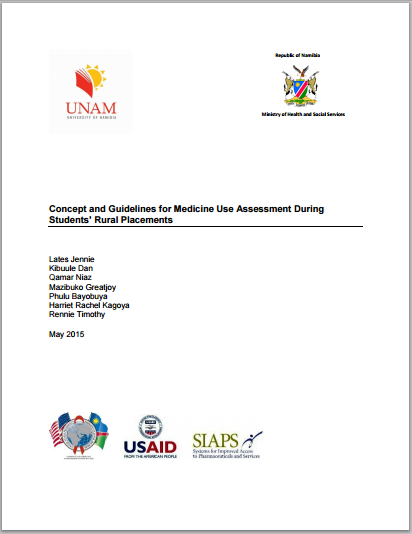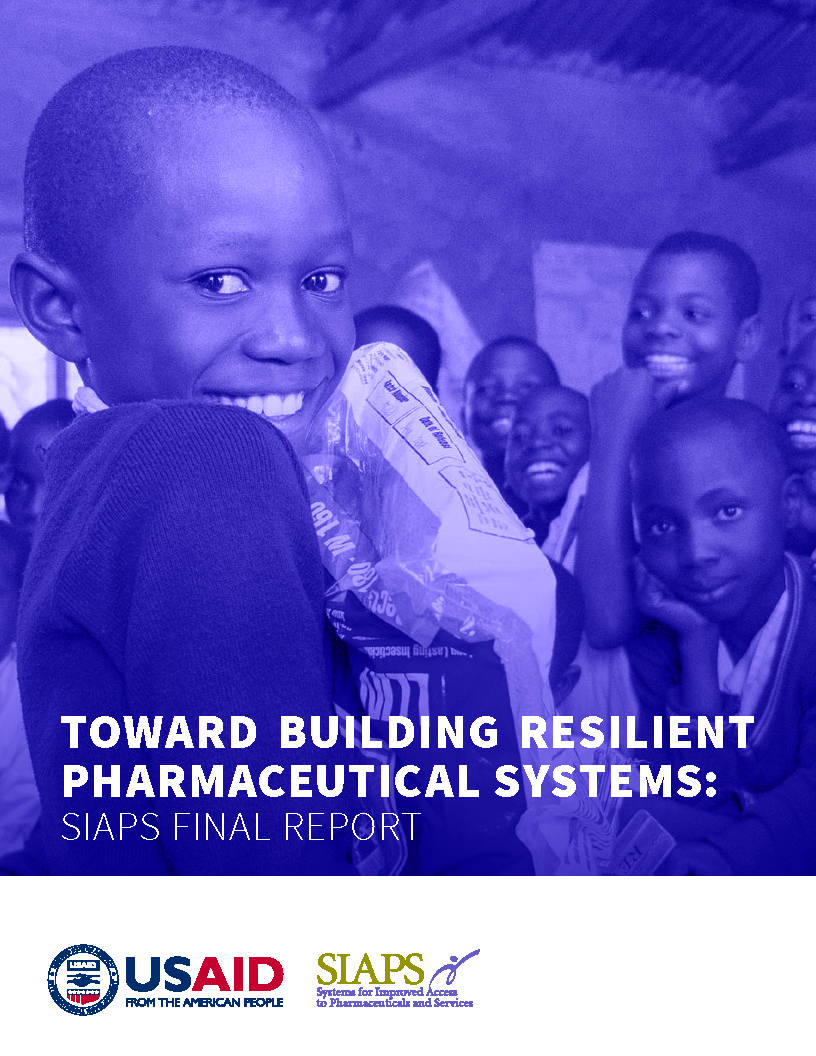
This document provides a background and basic guidance to medicine use data collection to be undertaken by University of Namibia School of Pharmacy second-year students during their placement in rural health facilities.
In 2012, UNAM-SoP introduced 4-week placements at health facilities located in rural communities for pharmacy students as part of their practical training. This placement is meant to provide the students with hands-on experience on the provision of pharmaceutical services at these facilities. From the lessons learned from the students’ 2012 placement experience, UNAM, from 2013, included data collection on pharmaceutical-related indicators aimed at building students’ capacity to assess pharmaceutical service delivery at health facilities, to interact with other members of the health care team and patients, and obtain insights into the pharmaceutical management procedures. Through this exercise, students learn how to assess dispensing practices, including assessing client knowledge and satisfaction with information received about their medicines. These indicators are based on the global pharmaceutical management indicators developed by the World Health Organization (WHO)


